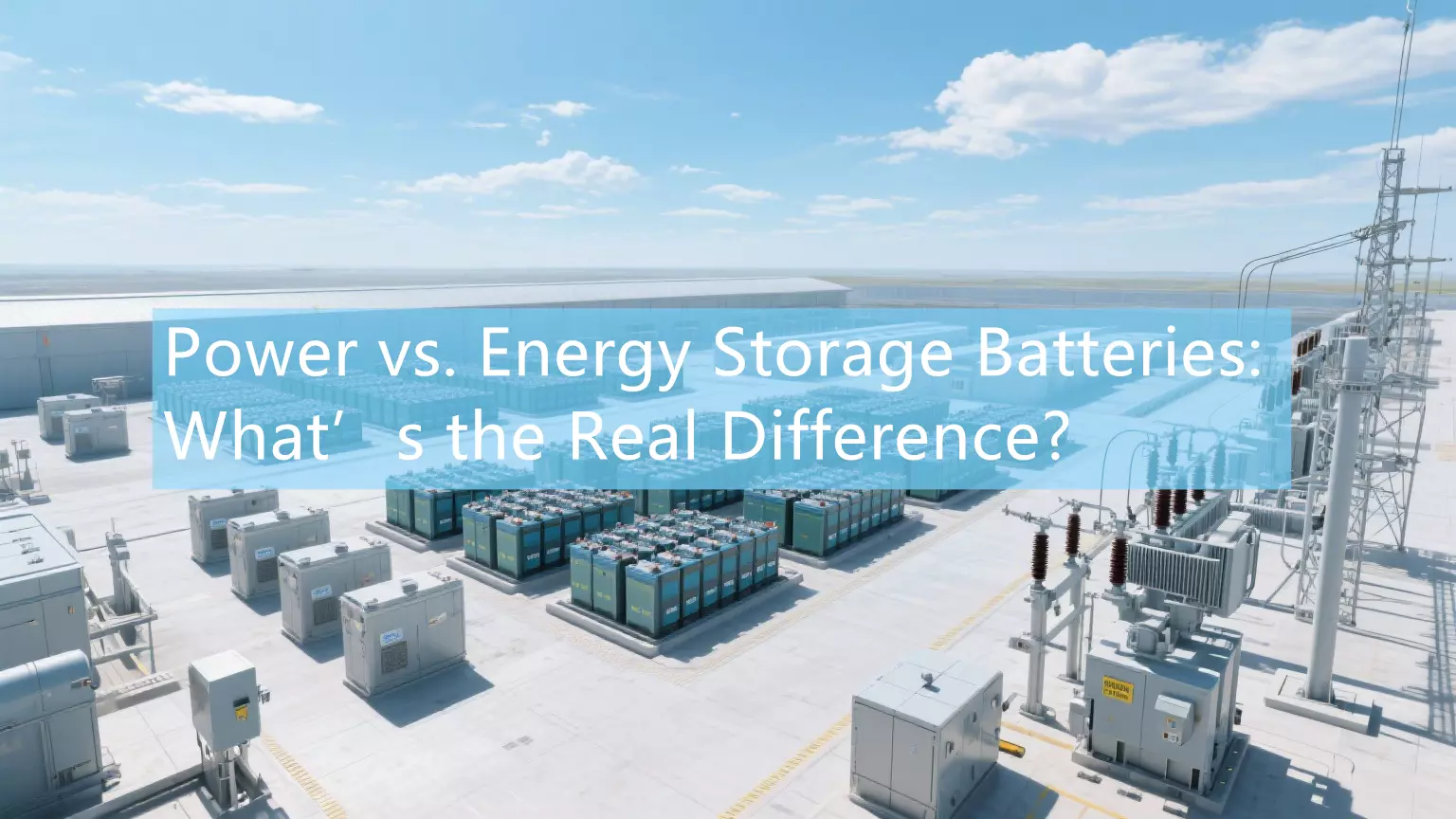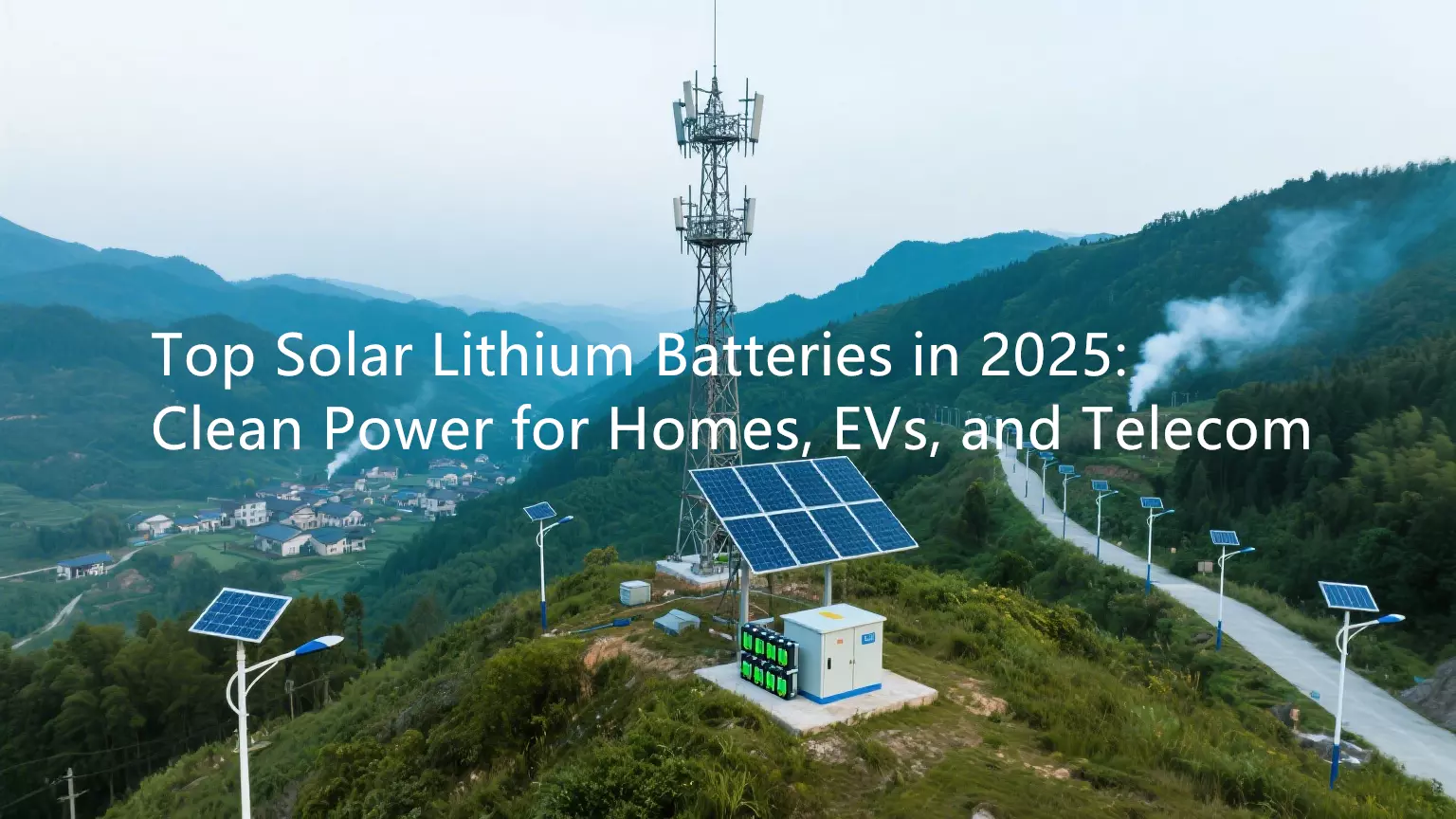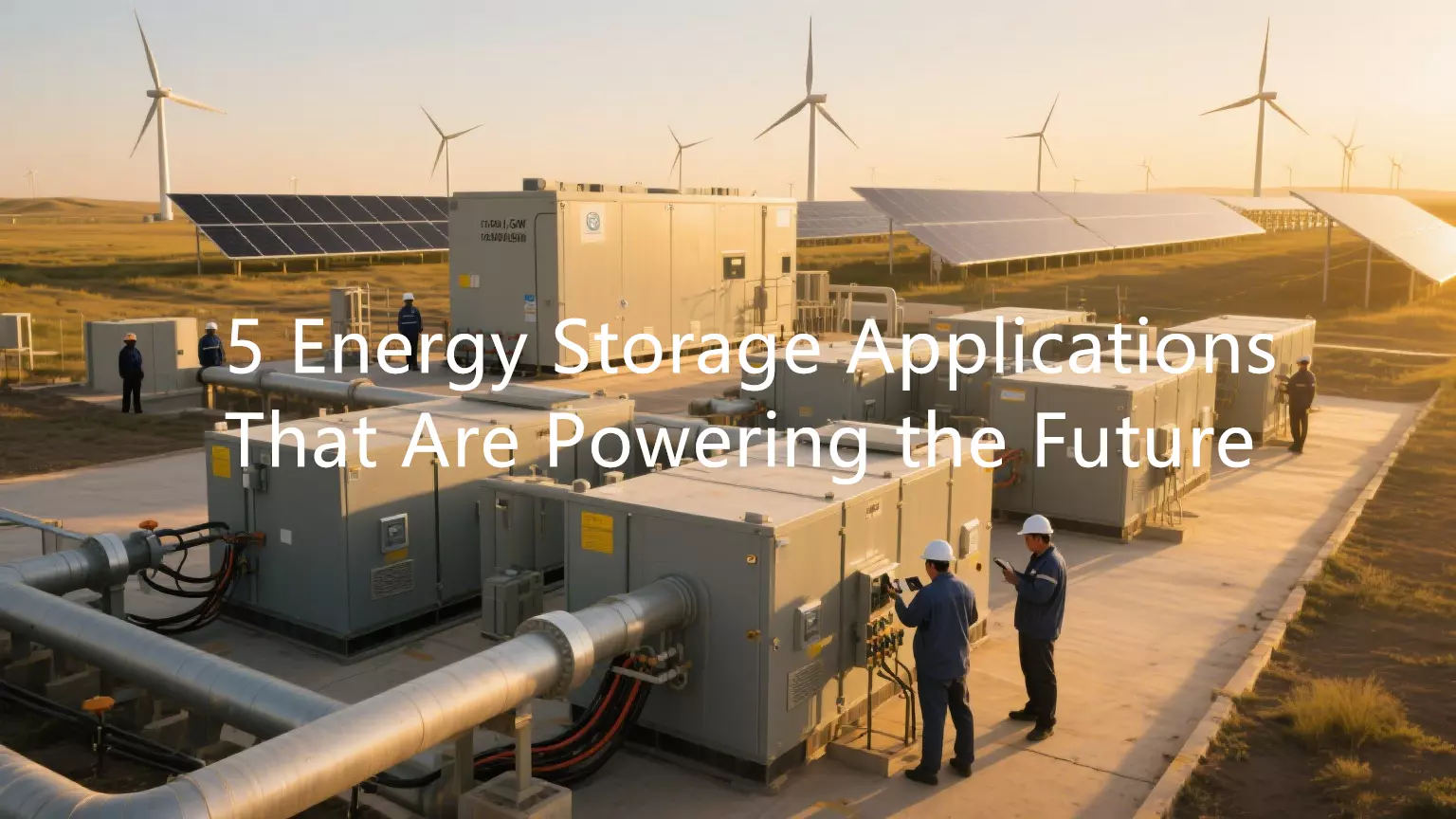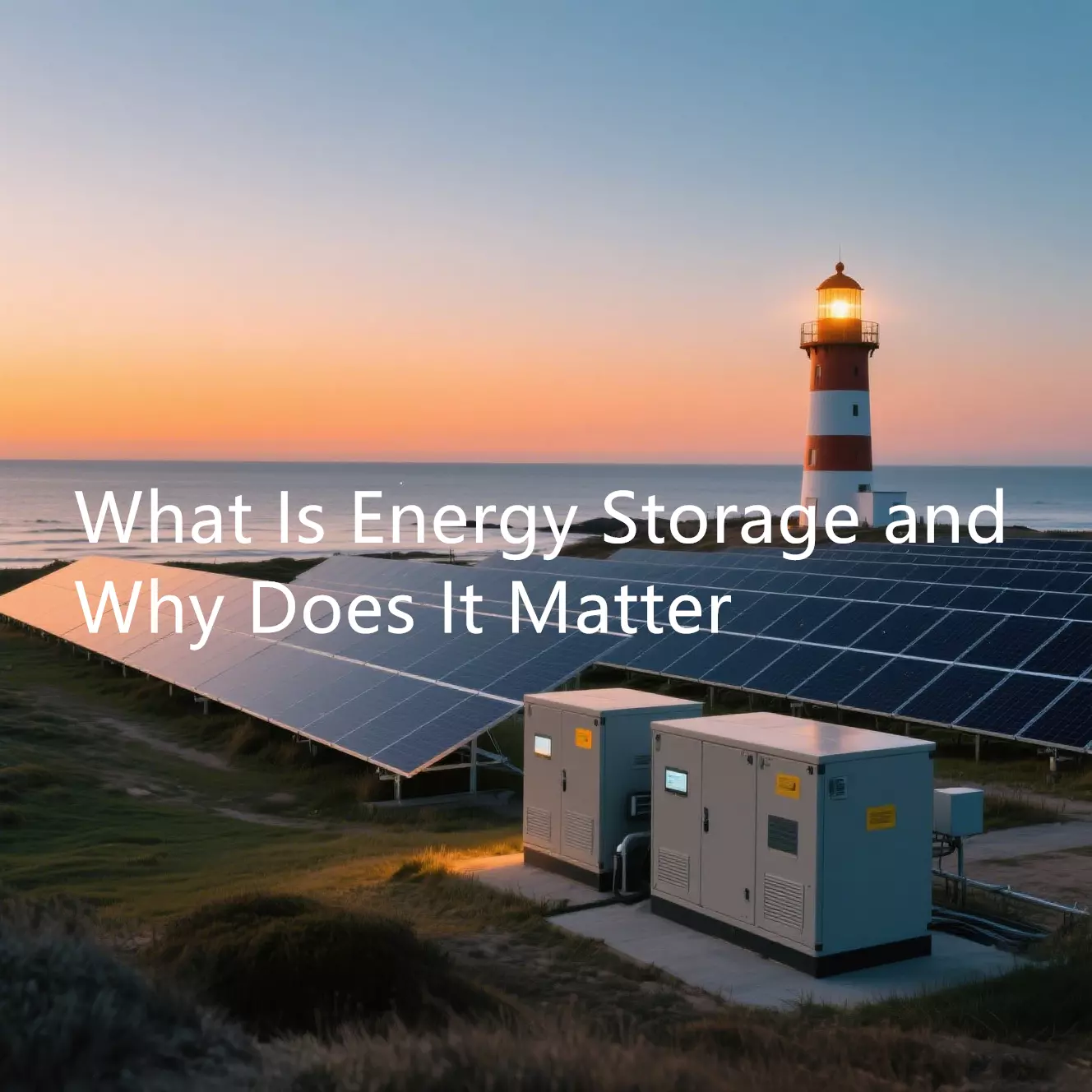As a consultant of easy energy, solar electricity is altering the international power panorama thru a range of technical paths. This article deeply analyzes the 4 essential classes of solar energy technology, disclosing their working principles, market repute, and future trends.

Photovoltaic Energy Technology: The Mainstream Solution for Photoelectric Conversion
Photovoltaic technology is based on the photoelectric effect of semiconductor materials. When photons hit silicon atoms, they stimulate electron transitions to shape current, giving the photovoltaic system a service life of more than 25 years.
Technology Evolution Route
- First-generation crystalline silicon cells: monocrystalline silicon efficiency 18-22%, polycrystalline silicon 16-19%
- Second-generation thin-film cells: Cadmium telluride laboratory efficiency reaches 22.1%
- Third-generation new cells: Perovskite/silicon stacked cell efficiency exceeds 33%
Typical Application Scenarios
1. Distributed Energy Generation
- Household roofs: 5-10kW system, outfitted with hybrid inverters
- Industrial and commercial roofs: 50-500kW array, self-generated and self-used, surplus electricity linked to the grid
2. Centralized Power Station
- Ground power station: using bifacial factors + monitoring brackets to extend energy generation by 15%
- Water photovoltaic: using the floor of reservoirs/fish ponds to decrease evaporation
Case Study
A cloth manufacturing unit in Zhejiang mounted 3MW rooftop photovoltaics, with an annual energy generation of 3.3 million kWh, saving 2.3 million yuan in electricity bills, and an investment payback duration of 5.2 years.
Photothermal Technology: A Way to Efficiently Convert Heat Energy
The photothermal machine converts solar energy into heat energy through a collector, with a core benefit of 60-70% conversion efficiency, which is much higher than photovoltaic electricity generation.
Comparison of Technical Categories
| Type | Operating Temperature | Efficiency | Cost (yuan/m²) | Applicable Scenarios |
|---|---|---|---|---|
| Flat plate collector | 30-80℃ | 40-50% | 800-1200 | Domestic warm water |
| Vacuum tube | 50-120℃ | 50-60% | 1500-2000 | Heating system |
| Parabolic trough | 150-400℃ | 55-65% | 3000+ | Industrial steam |
Innovative Application
A college in Tibet uses vacuum tube collector + ground heating system, retaining the indoor temperature above 18℃ in winter, saving 40 heaps of coal per year.
Photovoltaic-Thermal Hybrid System: A New Course for Synergistic Efficiency
The PV/T machine achieves blended energy and warmth technology through an integrated design, with innovative advantages including improved efficiency and space savings.
- Cooling photovoltaic panels improves energy generation efficiency by 5-8%
- Comprehensive power utilization charge reaches 65-75%
- Saves 50% of setup space
Technical Challenges
Winter antifreeze and summer overheating issues need to be solved. A laboratory building in Beijing uses PV/T curtain walls, which gives 120,000 kWh of strength yearly and meets 60% of warm water demand.
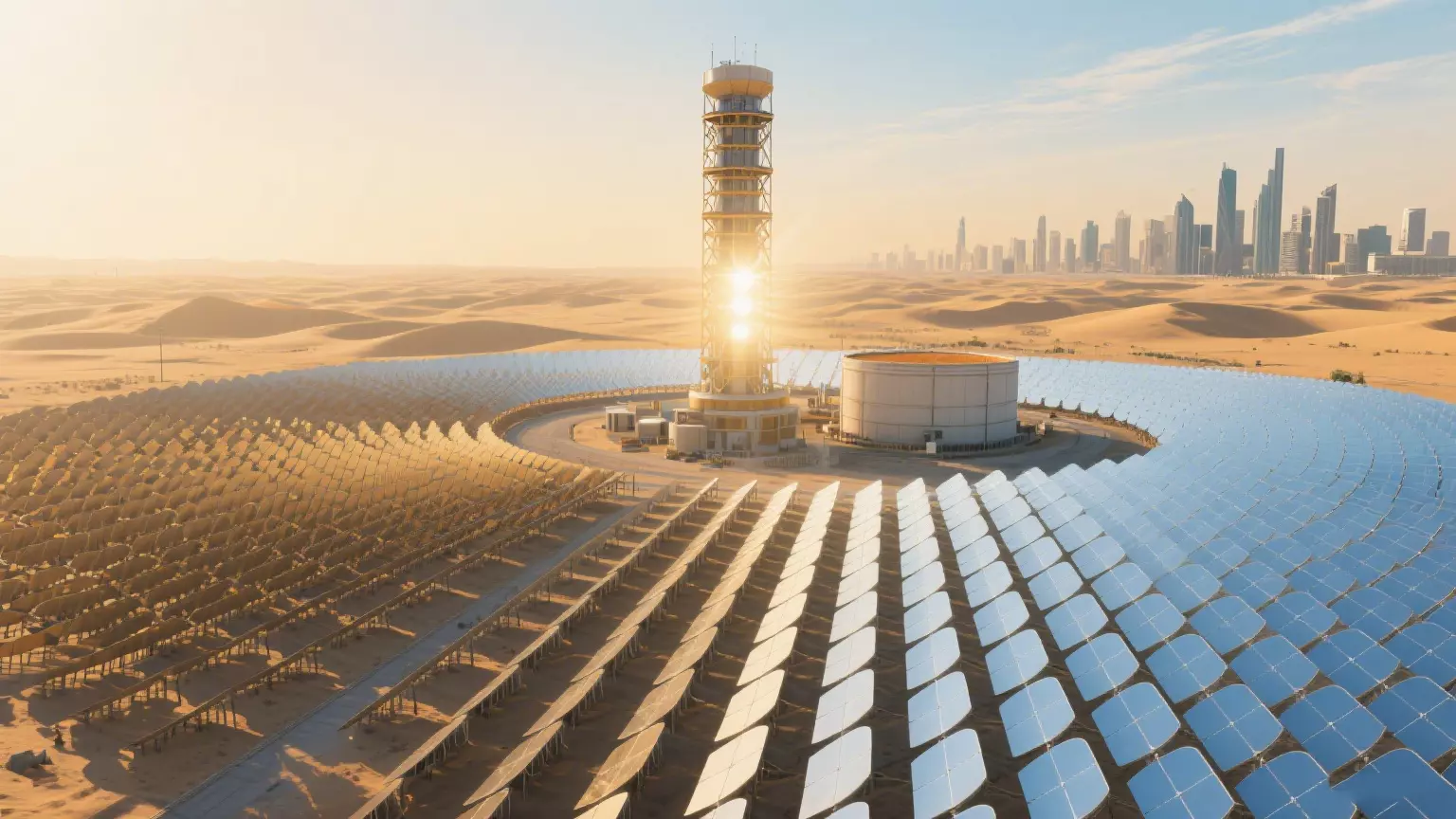
Concentrated Solar Power Generation: A Solution for Large-Scale Energy Storage
CSP technology achieves non-stop strength provide day and night through molten salt warmth storage, offering significant advantages in energy storage and peak-shaving.
- The warmth storage fee is solely 1/2 yuan/kWh, which is 1/5 of battery power storage
- Excellent peak-shaving capacity, can take part in electricity auxiliary services
- Lifespan is up to 30 years, and the decay charge is much less than 1%/year
Typical Case
Dubai's 700MW solar thermal strength station is geared up with a 15-hour warmth storage system, which reduces carbon emissions with the aid of 1.6 million heaps per year.
Technical and Financial Comparison
Analysis from the point of view of return on investment:
- Household photovoltaic: payback length 5-7 years, IRR 12-15%
- Solar water heater: payback length 3-4 years, IRR 18-22%
- Industrial PV/T system: payback length 6-8 years, IRR 10-12%
- CSP energy station: LCOE 0.45-0.6 yuan/kWh, coverage aid required
Future Development Trends
- Material innovation: mass manufacturing of perovskite batteries will subvert the current pattern
- System integration: built-in answer of photovoltaic storage and charging
- Intelligent operation and maintenance: AI analysis improves gadget efficiency
- Application expansion: new situations such as photovoltaic sand manipulate and offshore photovoltaic
The varied development of solar energy technology is using a profound alternate in the power system. With technological development and price reduction, it is anticipated that via 2030, solar power will meet 20% of the world's electrical energy demand and emerge as the core guide for the intention of carbon neutrality.


